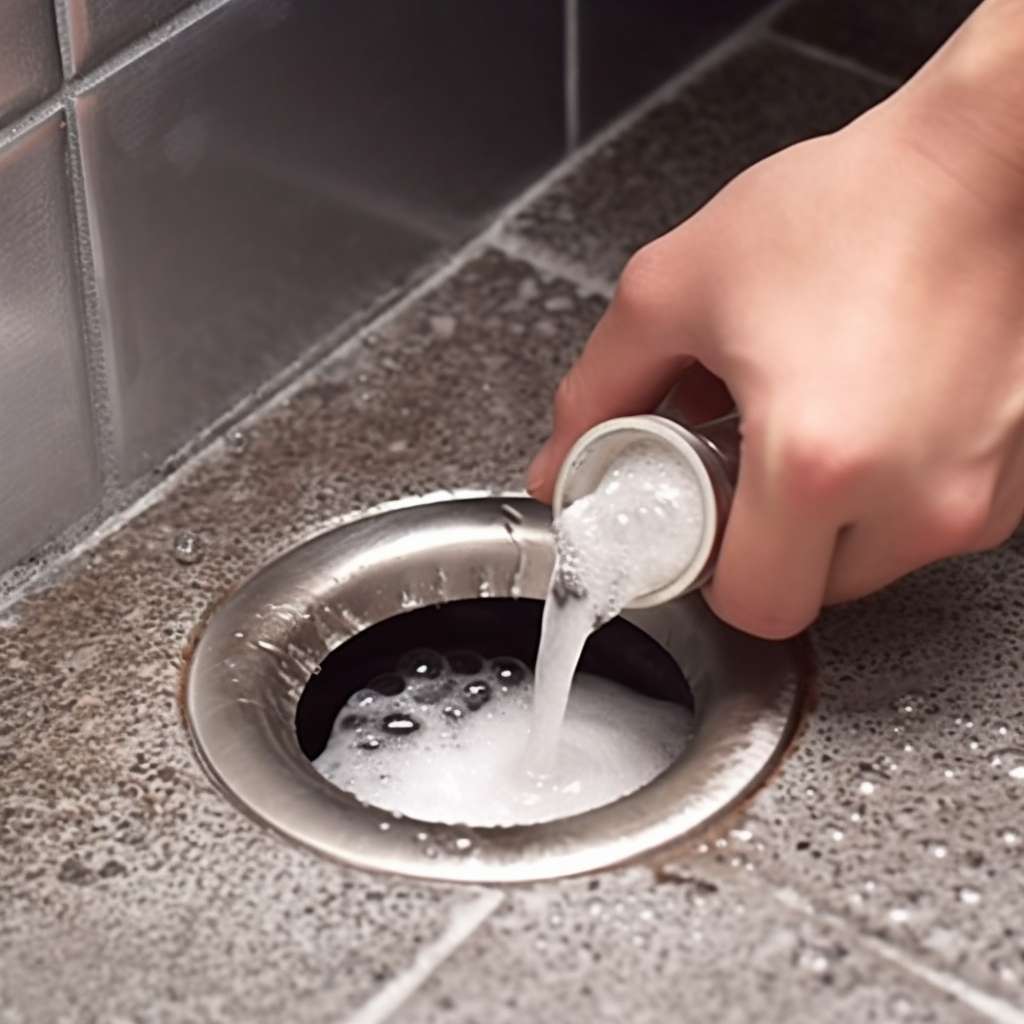Drain Cleaning : Simple DIY Fixes Every Homeowner Should Know!
Blocked drains are a common headache, but you don't always need to call in the pros. With the right techniques, many clogs can be cleared using basic tools or household items. These expert-approved drain cleaning tricks can save you time, stress, and money.

Understanding Common Drain Issues and Their Causes
Knowing what’s causing your drain to slow down or clog completely is the first step toward effectively resolving the problem. Kitchen drains typically suffer from food particles, grease, and oil buildup that gradually restrict water flow. In bathrooms, the culprits are often hair, soap scum, and personal care products that accumulate over time. Toilet clogs usually result from excessive toilet paper or flushing inappropriate items. For laundry drains, lint, fabric fibers, and detergent residue are common offenders.
Environmental factors can also contribute to drain problems. Hard water contains minerals that leave deposits inside pipes, gradually narrowing the passage. Tree roots may infiltrate outdoor drainage systems through small cracks, creating blockages that worsen over time. Understanding these causes helps homeowners both address current clogs and implement preventative measures for the future.
DIY Tricks for Unclogging Drains Quickly
When facing a clogged drain, several simple methods can provide immediate relief without requiring professional intervention. The humble plunger remains one of the most effective tools for dislodging blockages when used correctly. For sinks, ensure there’s enough water to cover the plunger cup, create a tight seal, and use short, forceful plunges. For toilets, a flange plunger specifically designed with an extended rubber lip provides better suction.
The manual drain snake (also called an auger) offers another effective solution for stubborn clogs. These flexible metal coils can be inserted into drains to physically break apart or retrieve blockages. For basic home use, a 25-foot hand-operated snake is typically sufficient. Insert the snake into the drain, turn the handle to extend it until you feel resistance, then rotate to break up or hook onto the clog before pulling it back out.
Boiling water—the simplest DIY solution—often works wonders on grease-based clogs. Pour boiling water directly into the drain in two to three stages, allowing each pour to work for a few minutes. This method is particularly effective for kitchen sinks but should be avoided with PVC pipes, which can be damaged by extreme heat.
Natural Remedies for Drain Cleaning
For environmentally conscious homeowners, several natural alternatives can effectively clean drains without harsh chemicals. The classic baking soda and vinegar combination creates a powerful foaming reaction that helps dislodge many clogs. Start by pouring half a cup of baking soda down the drain, followed by half a cup of white vinegar. Cover the drain for 30 minutes while the mixture bubbles and works on the blockage, then flush with hot water.
Salt combined with baking soda and vinegar creates an enhanced natural cleaner. Mix 1/2 cup of salt with 1/2 cup of baking soda and pour down the drain, followed by boiling vinegar. Let it sit for several hours or overnight before flushing with hot water. The abrasive quality of salt helps scour pipe walls while the other ingredients break down organic matter.
Biological enzyme cleaners offer another natural option that’s particularly effective for organic buildups like food waste and hair. These cleaners contain beneficial bacteria that produce enzymes to digest organic materials. Though slower-acting than chemical alternatives, they’re gentler on pipes and environmentally friendly. For best results, use them as a monthly preventative measure rather than for emergency clogs.
Advanced Tools for Tackling Stubborn Clogs
When basic methods fail, several more advanced tools can help homeowners address persistent drain problems. Drain augers with motorized capabilities provide more power than manual snakes. These devices, available for rent from hardware stores, can clear stubborn blockages deep within pipes through rotating cable action. Models designed for specific applications like toilets or main sewer lines feature specialized heads for maximum effectiveness.
Hydro-jetters represent the next level in DIY drain cleaning. These systems use high-pressure water to blast away clogs and clean pipe walls. While professional-grade hydro-jetters are expensive, smaller electric pressure washers with drain-cleaning attachments offer a more affordable alternative for homeowners. They’re particularly effective for grease buildup in kitchen drains or outdoor drainage systems.
For visual confirmation of drain issues, inspection cameras have become increasingly accessible to homeowners. These waterproof cameras attached to flexible cables connect to smartphones or tablets, allowing you to see exactly what’s causing a blockage. This technology helps determine whether a DIY approach is sufficient or if professional intervention is needed, potentially saving unnecessary expense and effort.
Preventative Measures for Keeping Drains Clear
Prevention is always easier than dealing with established clogs. Installing drain screens or strainers in sinks, showers, and tubs catches hair, food particles, and other potential clog-causing materials before they enter the plumbing system. These inexpensive devices require regular cleaning but significantly reduce drain problems.
Regular maintenance flushing helps prevent buildup before it becomes problematic. Once weekly, pour boiling water down kitchen drains to melt away accumulating grease. For bathroom drains, a mixture of hot water and dish soap can help dissolve developing soap scum. Monthly treatments with natural cleaners like baking soda and vinegar help maintain clear pipes throughout your home.
Mindful usage habits make perhaps the largest difference in drain health. In kitchens, avoid pouring grease or oil down drains—instead, collect it in containers for disposal. In bathrooms, reduce hair clogs by using a shower drain cover and removing accumulated hair regularly. Throughout the house, be conscious of what goes down drains, remembering that even items labeled “flushable” often aren’t truly safe for plumbing systems.
By understanding common causes of clogs, implementing effective DIY solutions when needed, and practicing good preventative measures, homeowners can maintain properly functioning drains and avoid many plumbing emergencies. When these methods prove insufficient, recognize when it’s time to call professionals—particularly for recurring clogs, multiple backed-up fixtures, or unusual sounds and odors that might indicate more serious plumbing issues.




